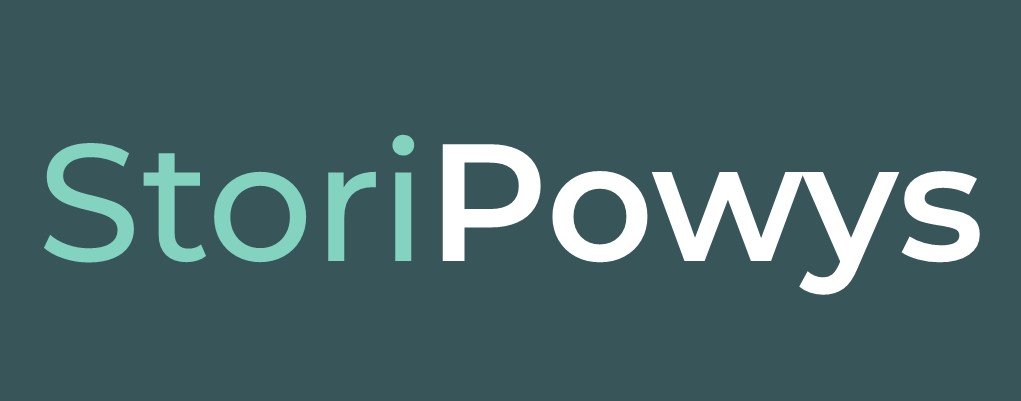Registers of Electors, Freeholders' and Jurors' Lists
In the Act of Union 1536 it was decreed that two members of parliament should be chosen for each of the new counties : "one Knight shall be chosen and elected ...for every of the shires of Brecknock, Radnor [and] Montgomery ...and for every borough being a Shire-town".
This continued until the reforms of 1885, when the number of MPs for each county was reduced to one. Finally in 1918 the constituencies of Breconshire and Radnorshire were combined to form the joint Brecon and Radnor constituency, electing just one MP between them.
The link below leads to a pdf document containing our holdings of electoral registers.
Holdings of Electoral Registers [109KB]
In Radnorshire New Radnor was the principal electioneering centre for the boroughs, which were originally New Radnor itself, Knighton, Knucklas, Cefnllys and Rhayader. Presteigne, which was not added to the list of boroughs until 1832, was however the electioneering centre for the county and remained so until Radnorshire lost its separate seat in 1918.
Agricultural labourers were unable to vote until 1884 when they were enfranchised. Tenant farmers had been allowed to vote since 1832, but were only eligible to vote in the elections to the boroughs if in addition they were also burgesses. To become a burgess a man had to be elected by a jury of those who were already burgesses, sitting under the bailiff or deputy steward of the manor. It did not matter whether or not he resided in the borough electing him, except in the borough of New Radnor, where a residential qualification was required at the time of election. The number of registered electors for the boroughs of Radnorshire was 529 in 1832; 500 in 1841; 978 in 1874 and 886 in 1884.
Freeholders might vote for the MP to represent the county, and the privilege of owning a freehold for the purpose was highly sought after (the Hereford Journal of 1849 carried the following notice: "A vote for the County of Radnor and a freehold property may be had for a sovereign"). The privilege of becoming a burgess was equally valued, and there is evidence that this was often achieved through methods akin to bribery and corruption. Freeholders Books record lists of freeholders eligible to vote. Similarly, not everyone could serve on a jury, and Jurors' Books were kept from 1696 to record those men aged 21-70 with freehold, copyhold or leasehold property worth more than £10 per annum. Jurors Lists (a.k.a. "Freeholders Lists") contained the raw data compiled by parish officials which were written up into the Jurors' Books.
Poll Books date from 1696, when returning officers at elections were required on demand and for a fee to compile for any member of the public a return of voters and how they voted. This measure was introduced following complaints that some returning officers were partisan in their duties, and in some constituencies the returns were published on a commercial basis. The practice continued until the General Election of 1868. Secret ballots were not introduced until 1872. (Good collections of Poll Books exist at the Guildhall Library, the British Library, the Institute of Historical Research, Senate House, University of London, and at the Bodleian Library in Oxford.)
Electoral Registers began with the Reform Act of 1832. At the time, a property qualification was necessary to be eligible to vote. The earlier registers detailed name and addresses of the elector and the property which qualified him. (It should be remembered that although women at the age of thirty got the vote in 1918, it was not until the Equal Franchise Bill of 1928 that women received the same voting rights as men.)









